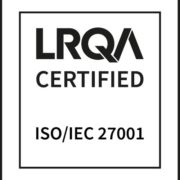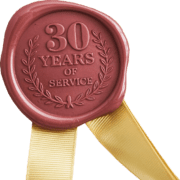Technology doesn’t solve your problem, you do!
Here’s an interesting thought: It is easy to instantly think that technology is what brought us this superior new insight into our galaxy. Often, we forget that is it people that brought this technology to life.
We are mesmerised by the #cosmiccliffs captured by Nasa’s James Webb Telescope. What we thought was an ethereal painting of valleys & mountains with shining stars, is actually the edge of a young, star-forming region nearby. For the first time we are able to see the beginnings of a star’s birth, thanks to Webb’s extreme infra-red light sensitivity, imaging capability & spatial resolution.
Did you know that more than 1,000 people in more than 17 countries have worked on developing this Space Telescope? It was an international collaboration among NASA, the European Space Agency (ESA), and the Canadian Space Agency (CSA), each providing a unique set of inventions, knowledge, expertise & tools.
It goes without saying, no ready made space telescope however advanced would have been able to do the trick capturing these never seen before images. The vision for this Telescope, as stated by Nasa, is that it:
We see these incredible technological advances, and we often assume that there must be a one-fits-all technology solution for our particular need- I will pay for it, solve my problem, and actualise my vision. It it similar to saying: I will type-in my vision / or my problem into this device, and the technology would solve it for me – happy days (or dull, rather?). We know that’s not how business, nor life work for that matter.
In order to succeed, we need to make technology work for us.
That’s why as a CX solutions partner, for us to be of real value to a team, organisation and ultimately a vision, we need to look beneath the surface first – what’s the tip of the iceberg standing on? – find what the business goals are, and create efficient processes, customer journeys and workflows that enrich and align every step of the process the team goes through and map it towards those ultimate goals. Then, the technology follows. It goes without saying, each organisation has its own set of rules, targets, processes, work culture & focus – what works best is always the question.
It was one telescope, but it needed a team of a thousand working on very specific sequenced details that ultimately brought this telescope to reality.
That telescope is your vision, and for your vision to become a reality you need the most efficient solution that works on connecting your team in all the right places at the right times, and at the right stages of the process.



